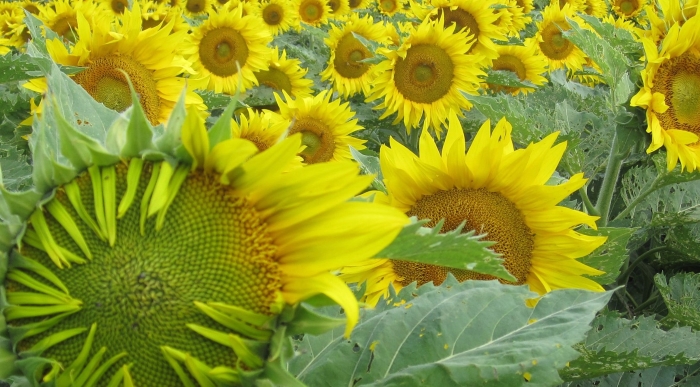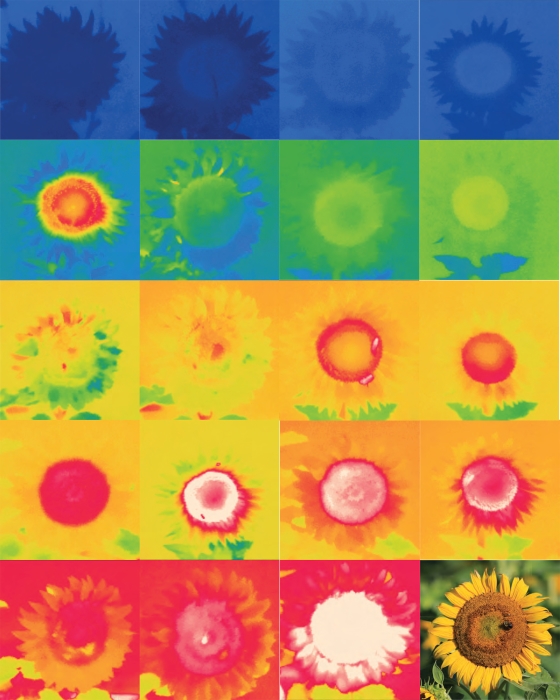Podcast: Play in new window

BOB HIRSHON (host):

Sunflowers with clocks. I’m Bob Hirshon and this is Science Update.
Young sunflowers face east in the morning, and turn to follow the sun until it sets in the west. Overnight they turn back to the east to wait for the next dawn. UC Davis plant biologist Stacey Harmer says that nighttime activity suggests the plants have a sense of time.
Stacey Harmer (Unversity of California, Davis):
That would kind of require an internal clock or timer. You know, the plant has to know when the sun is coming up in order to do that.
HIRSHON:
In the journal Science, she and her colleagues confirmed that the sunflowers use both an internal 24-hour clock and light cues to coordinate their growth and movement. For example, when grown indoors in a simulated 30-hour day-night cycle, they still turn to follow light, but can’t re-orient themselves overnight. The scientitsts are working to understand how genes and environmental cues affect growth and reproduction. I’m Bob Hirshon, for AAAS, the science society.
Story by Bob Hirshon
